The correct configuration of subpage-URLs is an essential element in search engine optimization (SEO). It significantly influences the discoverability of your site in search engines. Let’s work together to design your subpage URLs in a way that best supports your SEO efforts.
Key findings:
- The choice of domain plays a crucial role in your ranking.
- A strong and reliable URL structure enhances ranking.
- A 301 redirect is essential when you change existing URLs.
- Keep subpage URLs short and concise.
Step-by-step guide to setting up your subpage URLs
First, it's important to understand that you likely already have a domain. This is often the starting point before you begin optimizing your subpages.
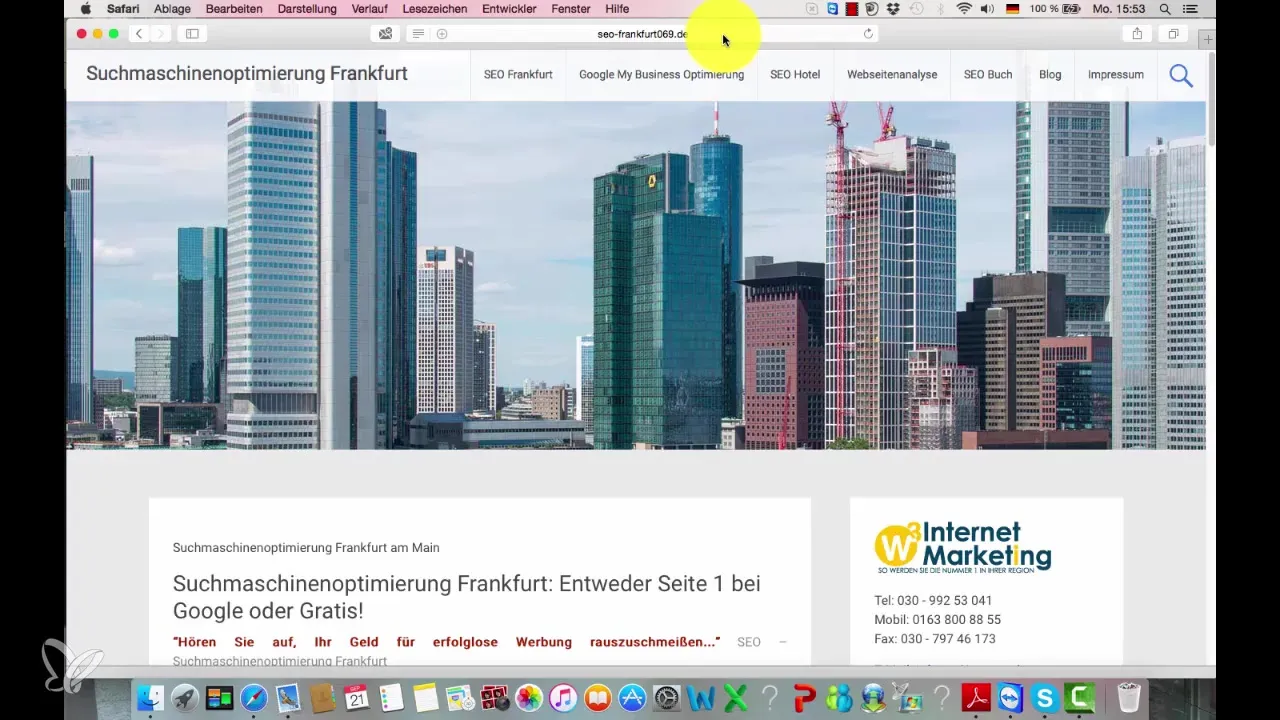
If your domain is older than two years, I recommend not strictly adhering to the rules from earlier videos. Why? Older domains often have built up some trust with Google, which is an advantage for your ranking.
You may have already gained some trust with Google using this domain. This means that the old saying "age before beauty" applies to Google as well. If your domain is both beautiful and old, that is a win. Instead of changing it, focus on optimizing the subpages.
To set up the subpages correctly, I will use an example website that I created. It is called seo-frankfurt.de. I want you to see it as a reference while we go through the individual points and I show you how I set up the respective subpages.
One initial step is to define the URL for the subpage. Instead of using "Search Engine Optimization Frankfurt" as the URL, choose "SEO Frankfurt." The main page already covers the search for search engine optimization, and it's important that the subpage is directly connected to the main topic.
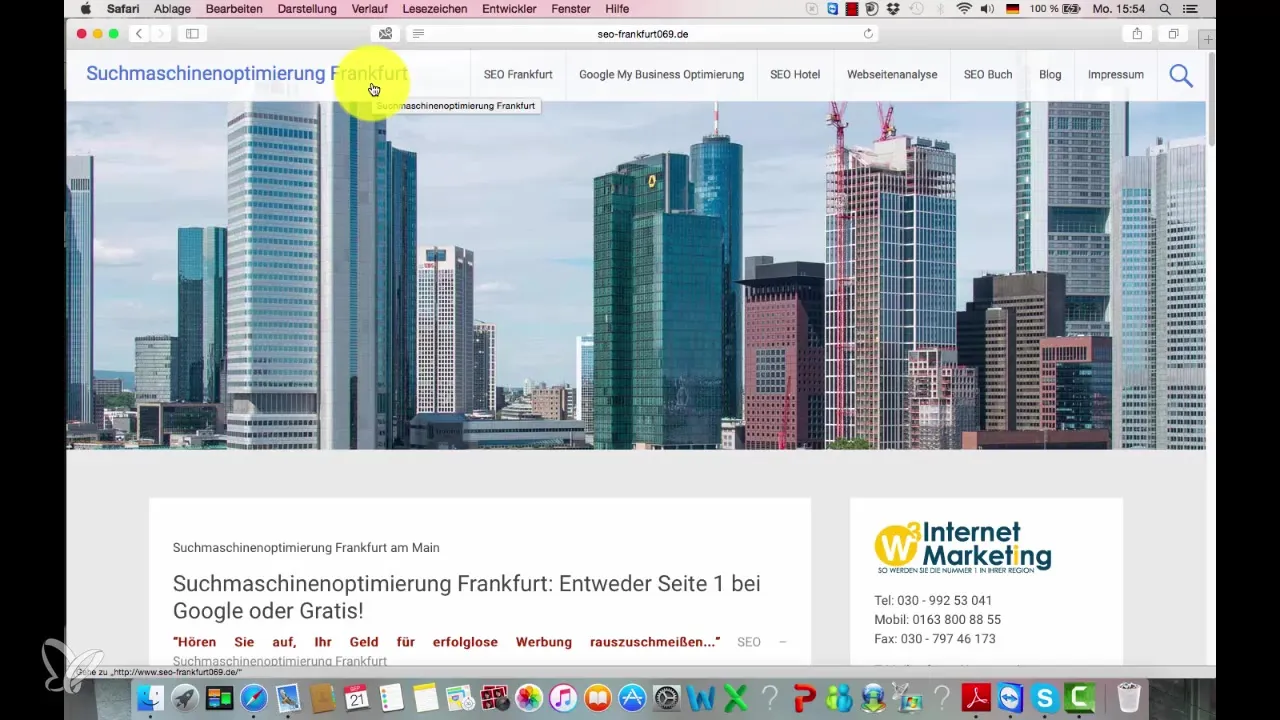
I want to rank with different keywords like "Google My Business" and "Website Analysis." Therefore, you also need to ensure that the URLs of these subpages are set up accordingly.
For the URL of your subpage, for example, "seo-frankfurt" should be used, which directly relates to your request. If you are in the WordPress system, you can easily adjust your URLs.
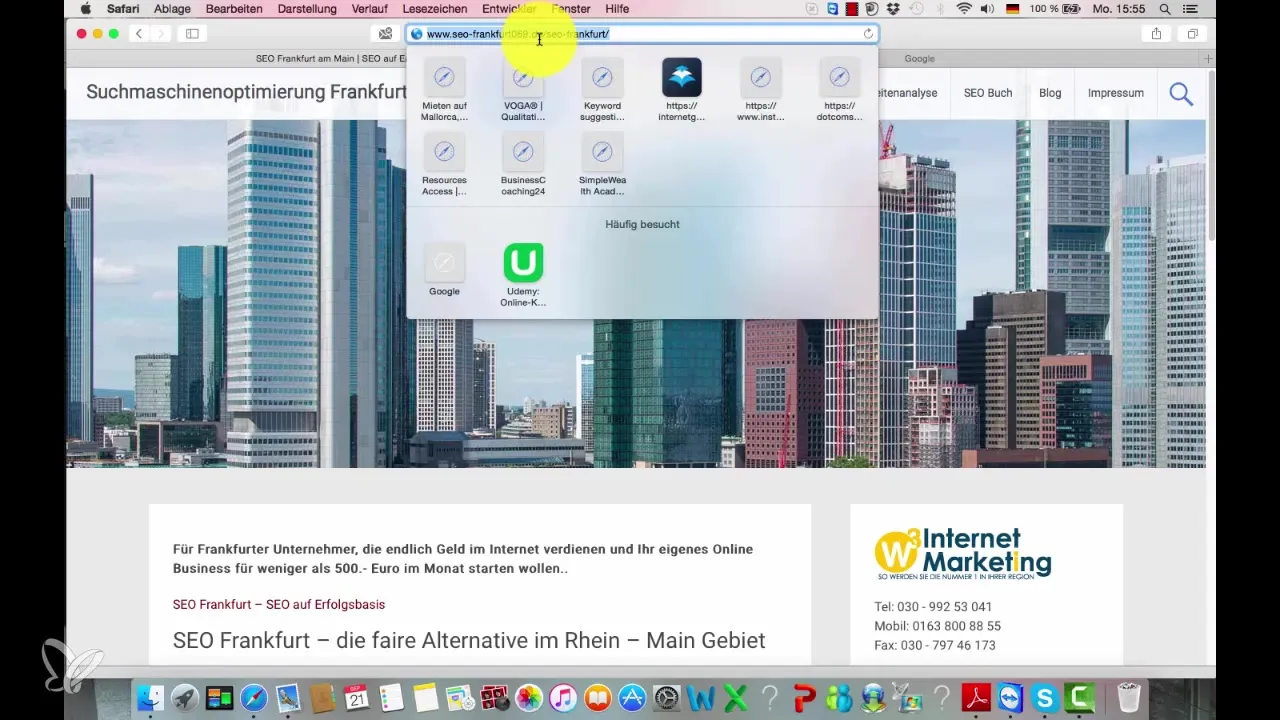
When you change a URL, it is important to set up a 301 redirect from the old URL to the new URL. This means that all visitors and possibly the link strength are redirected to the new address. If you fail to set up this redirect, you may lose valuable ranking.
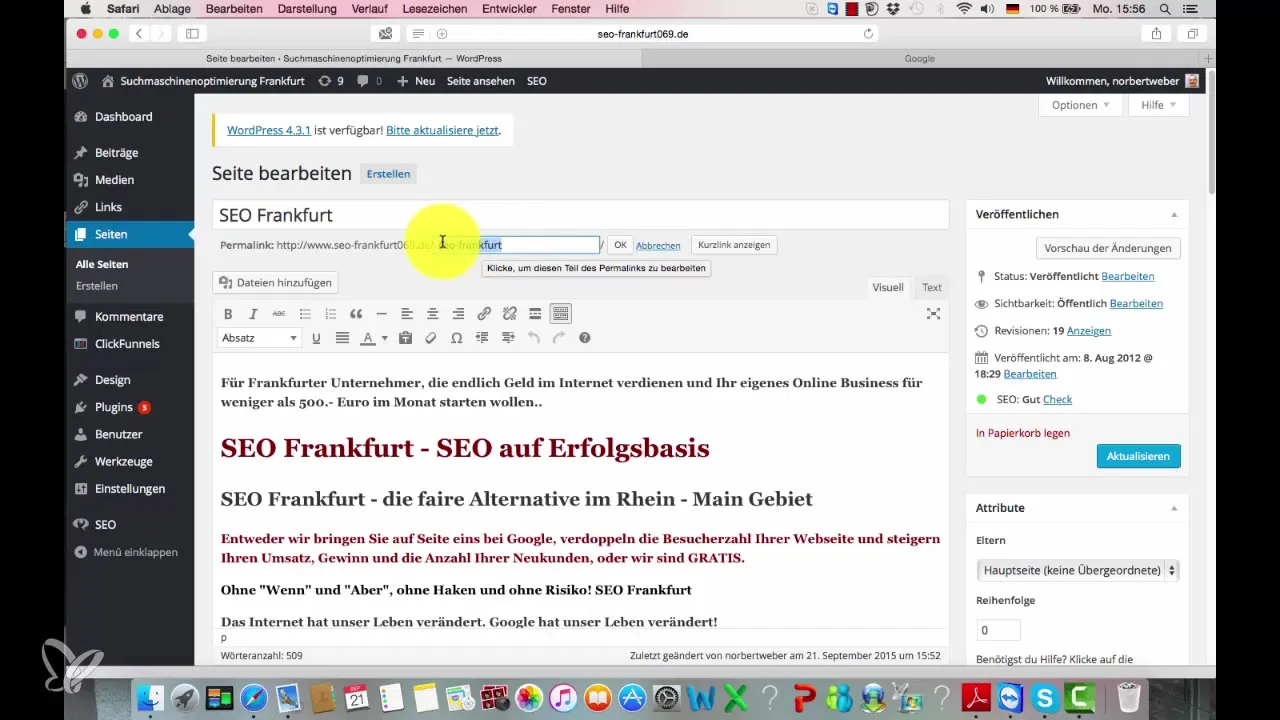
Also, make sure that your subpages use optimal hyphenation. This ensures that Google separates the terms in the URL and understands them better. For example: The URL for "Google My Business" could be "google-my-business-optimization."
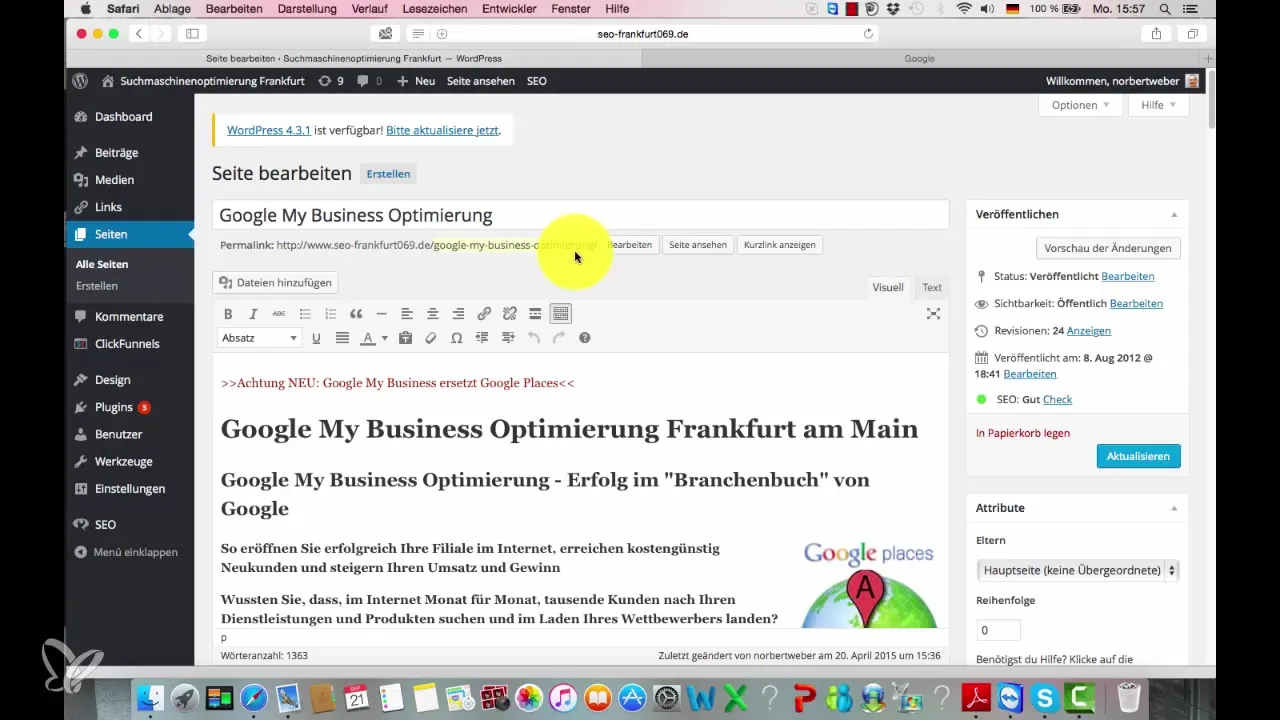
You should design the layout of the other pages similarly. Each subpage should have a clear structure that is laid out both vertically and horizontally.
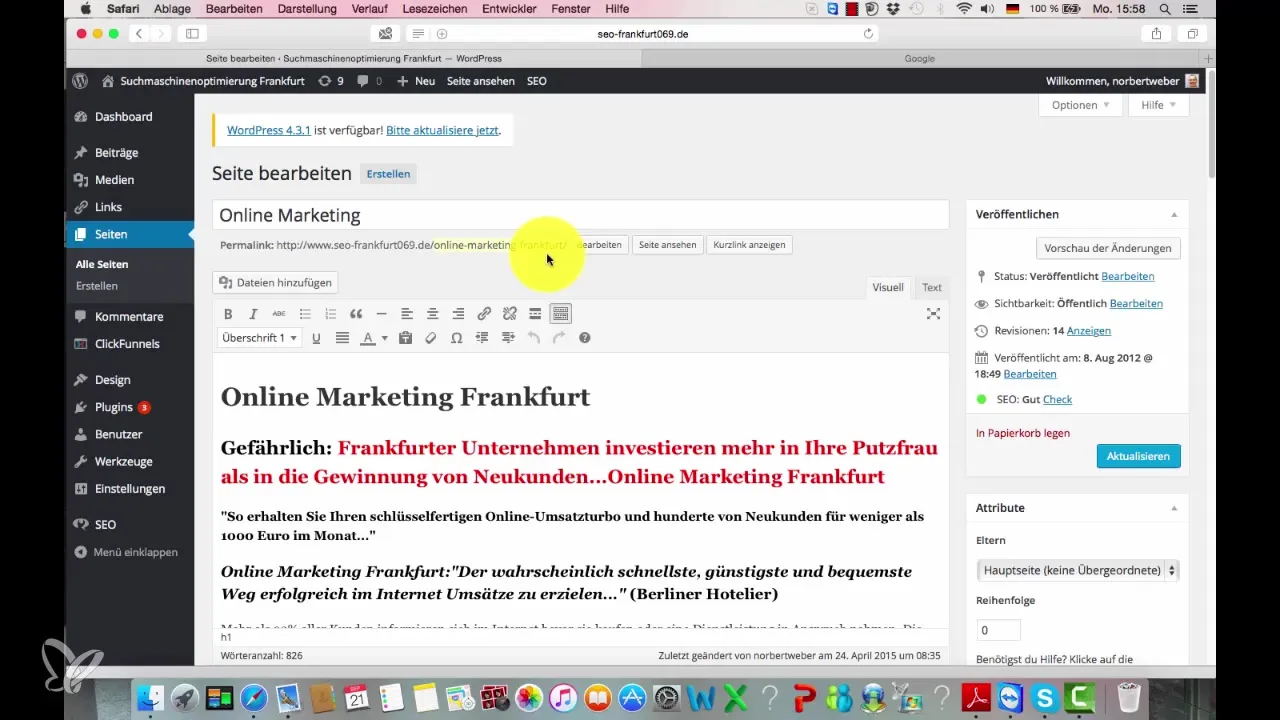
If you have a page structure with subcategories, keep the URLs as short as possible without omitting important information.
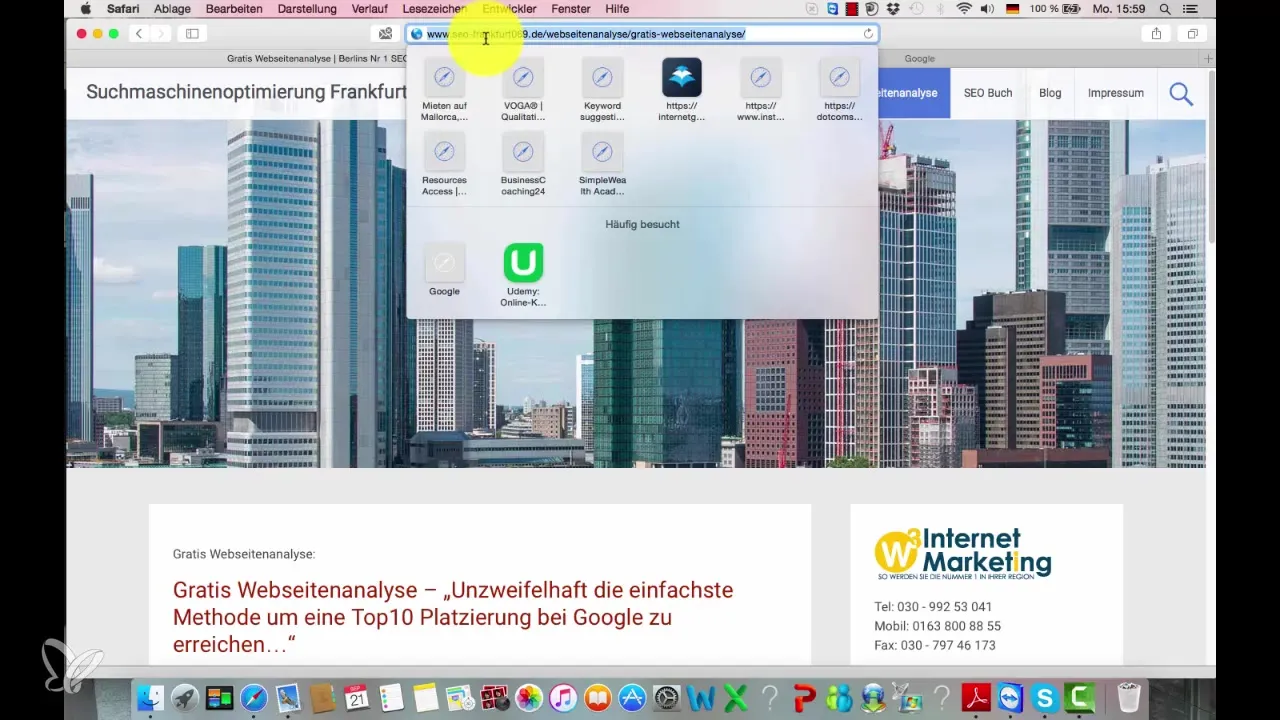
Avoid overly long URLs, as they can be cumbersome for both users and search engines. Too much information in a URL can impair its readability.
Most importantly: Make sure that the structure is established for every category or service you offer. Each subpage is an important part of your SEO strategy and should therefore be well thought out.

Summary - Optimal configuration of subpage URLs for your SEO
The careful design of your subpage URLs plays a crucial role in search engine optimization. Follow the steps outlined above and do not neglect the importance of 301 redirects to avoid jeopardizing your ranking.
Frequently Asked Questions
How important are subpage URLs for SEO?Subpage URLs are crucial as they affect the discoverability and structure of your website.
What is a 301 redirect?A 301 redirect is a permanent redirect from an old URL to a new one, helping to maintain link power and ranking.
How many hyphens are allowed in a URL?Ideally, a maximum of two hyphens should be used in a URL to improve readability.
How do I avoid overly long URLs?Keep your URLs as short and concise as possible without omitting important information.
What role does the age of the domain play?Older domains often have more trust with Google, which can positively affect ranking.


